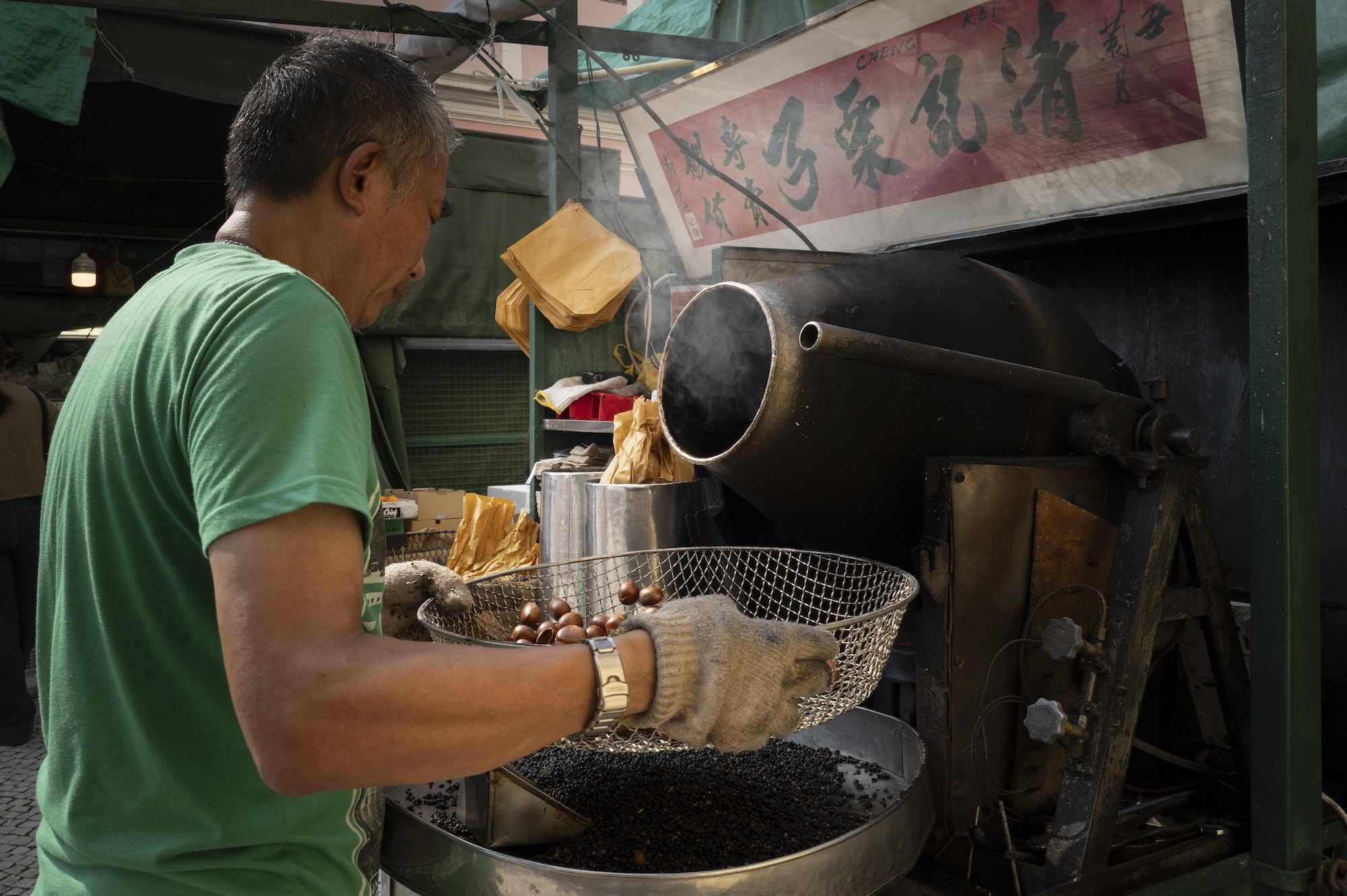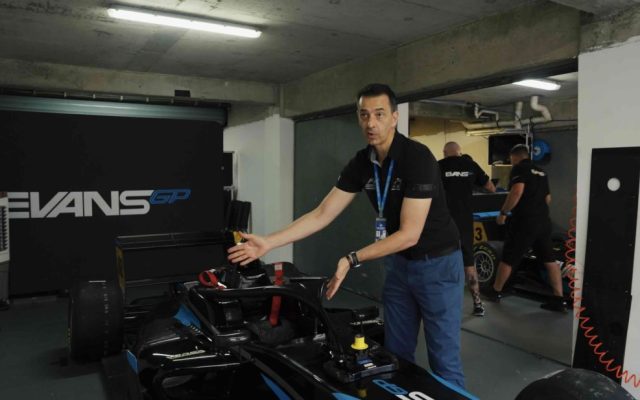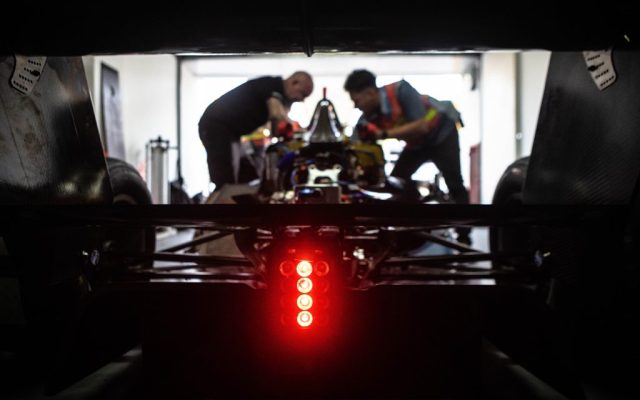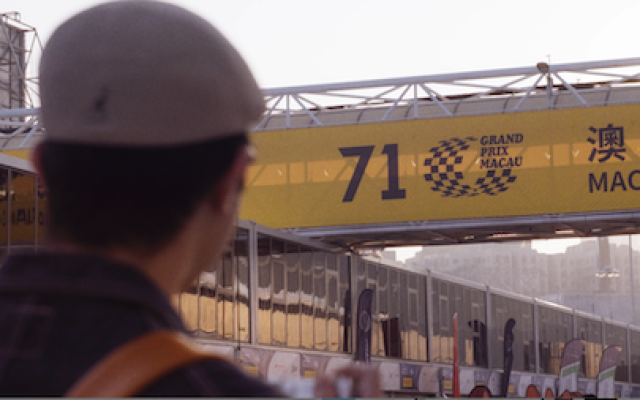When you think of winter in Macao, you might picture Cheng Kei (清記) chestnuts.
Each year, when the weather cools off, the chestnut stall named after the man who founded it 80-plus years ago sets up near Senado Square on Avenida de Almeida Ribeiro. Rain or shine, the sweet, smoky aroma – and the characteristic clanging of chestnuts tumbling against the sides of a metal roasting drum – fill the air on Macao’s main drag (also called by its Cantonese name San Ma Lou). The stall operates from just after the Mid-Autumn Festival until spring, and for many Macao residents is as much a hallmark of the season as the traditional festivals themselves.
While many other vendors have come and gone over the years, and some have started selling different products to supplement their income, only Cheng Kei has continued to make just one item: sweet, meaty chestnuts, each carefully selected for size and texture, and then roasted to perfection in a custom-made machine.
The humble but venerable stall is run by second-generation proprietor António Chao. Even though his father passed away 11 years ago and the city has changed around him since he started selling chestnuts in the 1980s, Chao is proud to carry on the family tradition each winter. Today, he’s one of the last chestnut vendors remaining in the SAR and, he says, “I will keep running this stall until I can’t.”
Doing things their own way

For decades, Cheng roasted his chestnuts slowly, by hand. Not necessarily by choice, but rather it was the only way he could prepare the popular seasonal treats. He would roast chestnuts with the help of a paraffin pump, a long, metal tube that generates heat. “Each batch took nearly 45 minutes to roast,” Chao says.
One day, struck by the shape of a cement mixer that drove past, Cheng had an epiphany. He asked a friend to make a semi-automatic machine to roast chestnuts. The custom contraption his friend produced had a wide, stainless steel barrel, like a miniature cement mixer, and made it faster and easier to roast chestnuts. It also made Cheng the first vendor to mechanise the process in Macao.
“We’ve used the same machine ever since, for more than 50 years,” says Chao. “But even the two containers we use to keep our chestnuts warm are tailor-made. They have over 30 years of history as well.”
Those containers keep the chestnuts perfectly toasty but prevent them from getting soggy, something Chao says will happen when vendors pull theirs from the roaster and plop them into steamy paper bags.
Small but important details like these reflect not only the fabric of the stall, but also the father and son who have kept it running for so long.
A father-son legacy
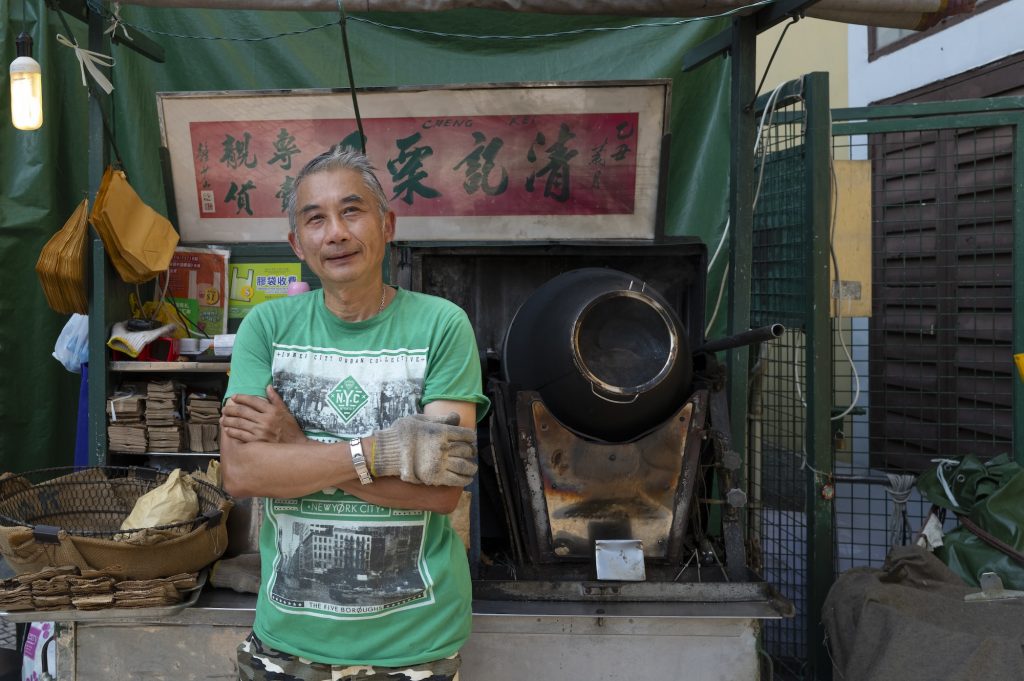
Chao joined his father about 38 years ago, after Cheng’s only employee quit. “I was supposed to help temporarily, but I’m still working here now,” he says.
It turned out that neither was the type to shy away from hard work. Even today, Chao labours with the exacting attention to detail his father instilled in him.
Starting around late September each year, Chao gets up at around 8 am to wash chestnuts and hand-pick the best of the bunch.
“They can’t be too big or too small. If they’re too big, they don’t roast well. If they’re too small, they get over-roasted easily,” he explains. “Of course, selecting the best chestnuts is all about experience. There are so many steps and things I look out for, from purchasing and washing the chestnuts to leaving them to dry and cherry-picking. It can take three or four days to identify and prepare the ones I like.”
Even the so-called “black sand” he uses is special.
A common cooking technique seen across Asia, Chao fills his roasting machine with what he says is sand that turns black when heated to high temperature, buries the chestnuts in it and later separates the nuts and sand with a large mesh strainer. But the exact sand he uses – “a larger sized sand” – is a closely guarded secret he won’t divulge.
Once Chao has his chestnuts in hand, he brings them to his stall in the early afternoon and gets to work. “I usually stay open until around 10 or 11 pm. Sometimes, during holidays, I’ll work until even later,” he says.
It’s a long day, and it can be a hard one, too. Chao has to negotiate exploding chestnuts, which he says can go off like firecrackers until they cool, and sometimes must stick his gloved hand into hot black sand if something goes wrong. He wouldn’t have it any other way. Chao is proud to serve the best quality chestnuts he can.
“It’s not an easy job,” he says.
Chestnuts in a changing city
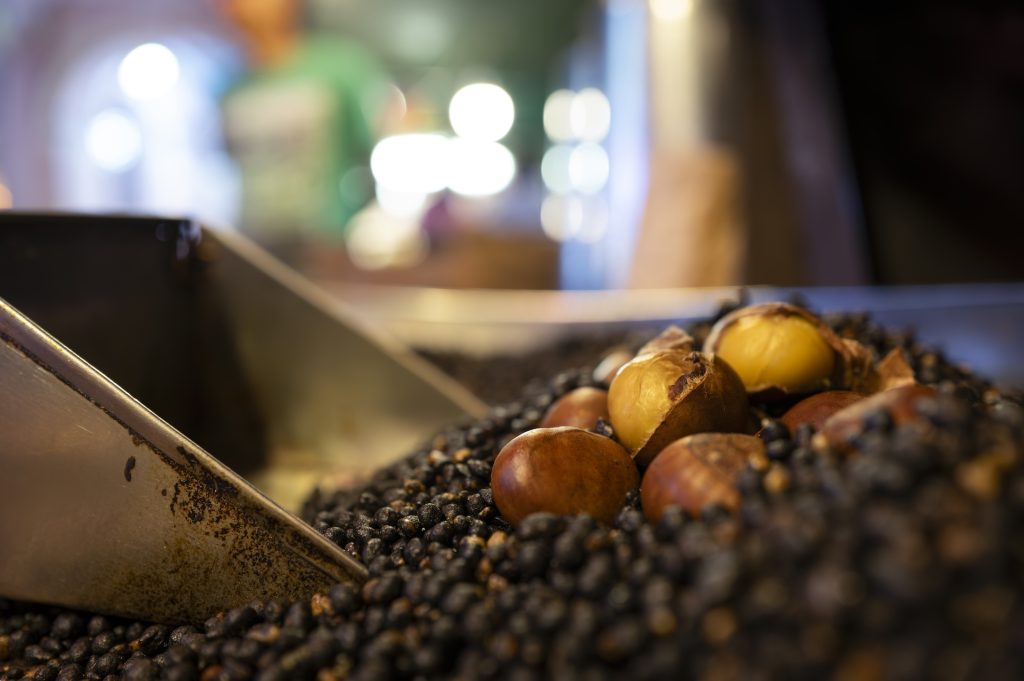
In the offseason, Chao takes on whatever work he can find. He’s been a part-time jeweller for decades and recently procured a taxi licence. But when autumn and winter roll around, he’s always ready to return to his chestnut stall.
The trade, however, isn’t what it used to be.
“The economy has grown so fast,” he says, “but the changes aren’t always positive for the local people.”
For one, the tourism boom has changed his customer base. Many tourists come from mainland China, where chestnut roasters operate in abundance, he notes. “I also used to get a lot of Thai tourists who didn’t have chestnuts back home, but there aren’t so many anymore”.
And instead of seeking out his chestnuts for their quality, flavour or reputation, many people simply want free samples – or, as is often the case, tourist information. “If I got paid for the number of questions I answer, I’d be a rich man,” Chao jokes.
As tourism has surged, the fabric of the community has changed. “Nowadays, locals tend to avoid [Avenida de Almeida Ribeiro] because of the crowds,” Chao says. “And people have a wider range of snack options. We only had a few in the past, and chestnuts were one of the most popular. There were several cinemas nearby, too, so people would come here to buy chestnuts before going to see a movie. It’s completely different now.”
Even so, Cheng Kei’s chestnuts still draw its regulars – customers who remember an image of Macao that is increasingly fading. “These people are my friends now,” says Chao. “They don’t even need to order. I’ll start packing their chestnuts when they’re walking towards me, because I already know how much they want.”
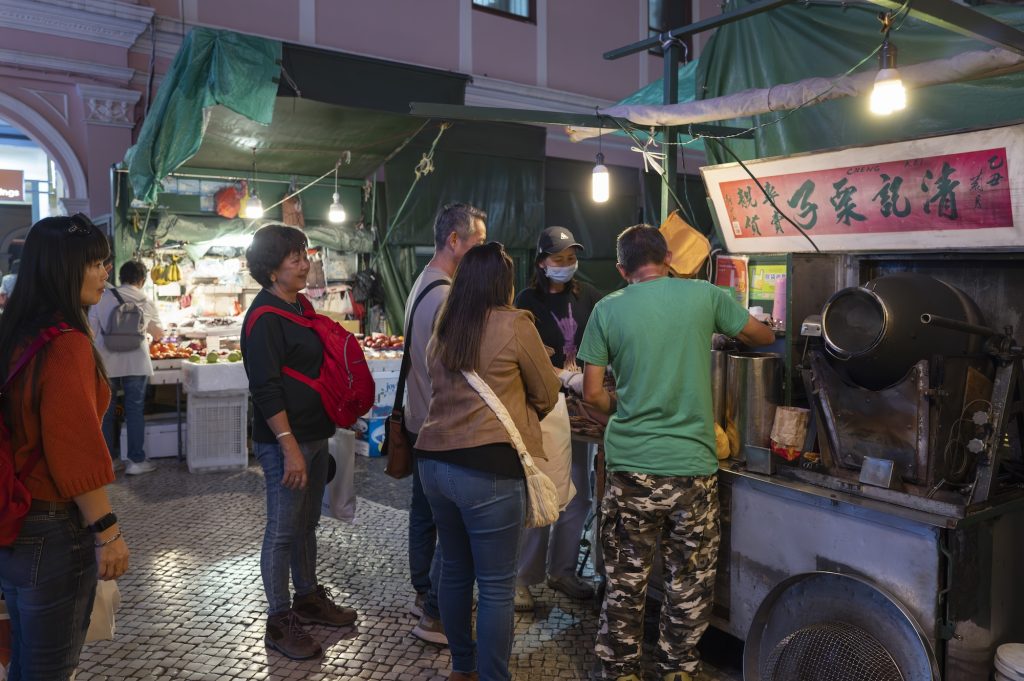
These touches have made Cheng Kei a local institution, but it won’t last forever. Chao doesn’t expect – or even want – his three daughters or grandson to take over the family business.
“I don’t want them to work under the scorching sun or torrential rain like I’ve had to over the years,” he says. “My children are all grown up now. I don’t need to worry about making so much money for them like I did when they were little.”
Until Chao retires, Cheng Kei’s chestnuts will continue to be a seasonal speciality. The smoky treats will satisfy customers who have never tasted them before or who recall a moment in time when Macao vendors like Chao were community fixtures. Their aroma will rise into the air and remind you of winter until it fades away.
When that happens is anyone’s guess.
“As long as I can still earn enough money for my wife and I, and I’m able to work,” says Chao, “I’ll be here.”
